《Water Science and Engineering》focuses on new concepts, theories, methods, and techniques related to water issues. The published papers cover the latestresearch in the fields of water resources, aquatic environment, water ecology, and water engineering, with emphases placed on the innovation and applicability of science and technology in large-scale hydropower project construction, large river and lake regulation, inter-basin water transfer, hydroelectric energy development, ecological restoration, the development of new materials, and sustainable utilization of water resources.
《Water Science and Engineering》aims to promote international exchange in academic research on water science, and to contribute to theinternationalization progress of Chinese water science as well as the solution of water-related issues.
The journal has an international editorial board consisting of well-known professors and experts in water science and engineering at prominent research institutes and universities around the world. The Editorial Board plays a leading role in guaranteeing high quality of the journal and improving the international influence of the journal.
By now,《Water Science and Engineering》has been accepted by Ei Compendex, Emerging Sources Citation Index, SciVerse Scopus, Chemical Abstracts, ProQuest-CSA, Index Copernicus, Chinese Science Citation Database, Chinese Science Abstracts, China Academic Journals Integrated Online Database, Wanfang Database of China, and VIP Database of China.
《Water Science and Engineering》was awarded the Distinctive Journal of the 1st English-Language Journals of Chinese University.
水科学研究、水工程建设、水资源保护、水生态修复、综合述评、学术争鸣
Requirements for Manuscripts:
1.The submitted manuscripts must be neither published nor under consideration for publication elsewhere.
2.The manuscripts should be written in concise and grammatical English.
3.The manuscripts should be arranged in Word format (paper size B5) with one column according to the paper template (including font, size, line space, etc.).
4.The paper should be organized in the following order: title, author(s), affiliation(s), abstract, key words, introduction, research contents, results, conclusions, acknowledgements, and references.
5.The title is preferred to be limited within 10 substantives. Only the initial of the first word needs to be capitalized, the others be lowercase letters (except proper nouns), and unusual abbreviations should be avoided.
6.Authors’ given names should come before surnames. The initials of given names and all the letters of surnames should be capitalized (e.g. John Quincy ABBOT). For Chinese authors’ names, a hyphen is necessary between two given names (e.g. Cheng-li ZHANG). There should be commas between authors’ names.
7.An abstract of more than 150 words (the title not repeated in the first sentence, and diagrams, formulas and references not included), which gives prominence to the creative ideas, the work’s purposes, methods, major findings, conclusions, etc., and key words (3 to 8 words) should be included in the manuscript.
8.The International System of Units (SI) should be adopted in the manuscript. All units in the text, figures, tables, and calculations should be used consistently.
9.All variables symbolized by single letters should be in italics; standard functions and letters symbolizing constants should be in normal style; and letters symbolizing vectors, tensors, and matrixes should be in bold italics. Each symbol that is presented in the paper for the first time should be defined. Foreign characters in capital form or lowercase form in the text and formulas should be distinguishable. Letters, numbers, and signs used as either superscripts or subscripts should be clearly identified.
10.Figures and tables with proper design should be placed right after where they’re referred to in the text. Each figure or table should have a corresponding title and be numbered consecutively. Three-line tables are required to be used. Iconographs should be drawn by computers in the format of TIF, JPG, or BMP for editing convenience. Variables in figures and tables should be in italics. Units of variables in normal style need to be put in parentheses, e.g. v (m/s).
11.If the paper is sponsored by a fund project or an important subject, please show its title at the bottom of the first page and put the serial number in subsequent parentheses.
12.The author-date system is required to be used for citations in the text and the reference list.
(1)Citations in the text: If an author’s name is cited in the text, the publication year in parenthesis should follow the name of the author, e.g. Stoker (1992). If the results, rather than the name of the author(s), are cited, a. use the author’s name(s) and the publication year(s) in parenthesis for the citation of a publication with two or less authors, e.g. (Stoker, 1992), (Lyn and Goodwin, 1987; Stoker, 1992); b. use the first author’s name followed by “et al.” for the citation of a publication with three or more authors, e.g. (Xie et al., 2004; Stoker, 1992); and c. use a lowercase letter like “a, b, c…” following the year to distinguish the works that are published during the same year by the same author e.g. (Zienkiewicz, 1995a, b, c).
(2)The reference list should consist of all published works referred to in the text, and arranged alphabetically by the authors’ names. All the authors of each reference should be listed. References include books, journals, theses, etc., which are published at home and abroad. The following reference formats are generally used:
1)Books
Strunk Jr., W., White, E.B., 2000. The Elements of Style, fourth ed. Longman, New York.Mettam, G.R., Adams, L.B., 2009. How to prepare an electronic version of your article. In: Jones, B.S., Smith, R.Z., eds., Introduction to the Electronic Age. E- Publishing Inc., New York, pp. 281–304.
2)Journals
Chopra, A.K., Chakrabarti, P., 1981. Earthquake analysis of concrete gravity dams including dam-water-foundation rock interaction. Earthquake Engineering and Structural Dynamics, 9 (4), 363–383.
3)Conference Proceedings and Symposiums
Berkhoff, J.C.W., 1972. Computation of combined refraction and diffraction. In: Proceedings of the 13th International Conference on Coastal Engineering, 745-747. ASCE, Vancouver.
Granger, R. J., 1997. Comparison of surface and satellite-derived estimates of evapotranspiration using a feedback algorithm. In: Kite, G.W., Pietroniro, A., Schultz, T.J., eds., Applications of Remote Sensing in Hydrology, Proceedings of the 3rd International Workshop NHRI Symposium. NASA Goddard Space Flight Center, Greenbelt, pp. 216–220.
4)Dissertations
Liu, C.J., 2004. Experimental Study on Unsteady Open-channel Flow and Bed-load Transport Properties. Ph. D. Dissertation. Tsinghua University, Beijing (in Chinese).
5)Others (standards, reports, electronic bulletins, newspapers, and patents)
2012 2013 2014 2015 2016 2017 2018 2019 2020 2021 2022
本刊文章发表的年份
在2012年的被引次数
被本刊自己引用的次数
被引次数的累积百分比
本刊文章发表的年份
在2013年的被引次数
被本刊自己引用的次数
被引次数的累积百分比
本刊文章发表的年份
在2014年的被引次数
被本刊自己引用的次数
被引次数的累积百分比
本刊文章发表的年份
在2015年的被引次数
被本刊自己引用的次数
被引次数的累积百分比
本刊文章发表的年份
在2016年的被引次数
被本刊自己引用的次数
被引次数的累积百分比
本刊文章发表的年份
在2017年的被引次数
被本刊自己引用的次数
被引次数的累积百分比
本刊文章发表的年份
在2018年的被引次数
被本刊自己引用的次数
被引次数的累积百分比
本刊文章发表的年份
在2019年的被引次数
被本刊自己引用的次数
被引次数的累积百分比
本刊文章发表的年份
在2020年的被引次数
被本刊自己引用的次数
被引次数的累积百分比
本刊文章发表的年份
在2021年的被引次数
被本刊自己引用的次数
被引次数的累积百分比
本刊文章发表的年份
在2022年的被引次数
被本刊自己引用的次数
被引次数的累积百分比
累积被引百分比:是用于评估期刊影响力的学术指标,是指在某一领域或学科中,某篇论文被后续的论文引用的次数占该领域或学科所有论文被引用的总次数的比例。
他刊引用次数:指在某一期刊中发表的论文被其他期刊的论文所引用的次数。该指标能够反映出该期刊的学术影响力和知名度。
本刊引用次数:被称为自引率,是指该期刊全部被引次数中,被该刊本身引用次数所占的比例。他刊引用次数和本刊引用次数一同使用,可以更全面地评估期刊的影响力和学术地位。
期刊被引半衰期:也叫“cited half-life”,是一个衡量期刊影响力的重要指标,这个指标的值越低,说明该期刊的文章越新,反之则说明该期刊的文章比较老旧。
期刊引用半衰期:指某一期刊平均引用多久以前的论文。计算方法是从当年往前累计,当引用的论文篇数达到全部的50%时,该篇论文的出版年到当年的间隔年数即为此期刊的引用半衰期。
影响因子:指该期刊近两年文献的平均被引用率,即该期刊前两年论文在评价当年每篇论文被引用的平均次数。影响因子分为复合影响因子与综合影响因子,两者都和SCI期刊的影响因子统计方法相同。
被引次数:指某篇论文在其他论文中被引用的次数,这是衡量该篇论文影响力的一个重要指标。需要明确的是,被引次数并不完全等同于论文的质量或价值。高被引论文虽然通常代表着高质量的研究成果,但也与研究主题的重要性、论文的创新性、论文的研究方法等内在因素,以及论文的可获得性、期刊的声誉等多种外在因素有关。
发文量:又称载文量,是指一本期刊在一定时间内发表的文章数量。期刊的发文量是一个重要的参考指标。如果一本期刊发文量太小,可能会让人觉得这本期刊受众较小众,或者为了提高影响因子而刻意降低发文量。然而,如果发文量过大,也需要警惕,因为这可能影响到论文的质量。
平均引文率:又称篇均引文量,是指某本期刊中带有引文的论文数量与该期刊发表论文总数的比例。这个指标可以反映出该期刊引用文献的综合能力和引文的覆盖面。
| 一级发文领域名称 | 发文量 | 被引量 |
| 水利工程 | 359 | 850 |
| 天文地球 | 137 | 318 |
| 环境科学与工程 | 128 | 313 |
| 建筑科学 | 76 | 184 |
| 自动化与计算机技术 | 55 | 78 |
| 理学 | 53 | 83 |
| 文化科学 | 45 | 1 |
| 农业科学 | 40 | 67 |
| 交通运输工程 | 21 | 52 |
| 化学工程 | 19 | 32 |
| 二级发文领域名称 | 发文量 | 被引量 |
| 环境科学与工程 / 环境工程 | 106 | 253 |
| 水利工程 / 水文学及水资源 | 94 | 266 |
| 水利工程 / 水利水电工程 | 88 | 231 |
| 水利工程 / 水力学及河流动力... | 69 | 131 |
| 天文地球 / 地球物理学 | 50 | 114 |
| 天文地球 / 水文科学 | 48 | 109 |
| 天文地球 / 海洋科学 | 37 | 83 |
| 自动化与计算机技术 / 计算机... | 35 | 51 |
| 天文地球 / 地质学 | 27 | 53 |
| 建筑科学 / 土工工程 | 26 | 87 |
坚持健康、文明、向上的宣传基调,不断强化精品意识、创新意识和读者意识,注重文化含量和文化品位,逐渐形成了高雅、厚重、朴实、鲜活,导向性强、可读性强、贴近生活、贴近时代的鲜明特色,经久不衰地吸引着众多读者,读者群遍布全国,并远销十几个国家和地区。
应该属于同类期刊中不错的杂志了,该刊编辑部工作人员很热心和耐心,给的建议很中肯和详细。审稿专家意见也相当给力,对文章有很大帮助,审稿流程也比较规范的。值得推荐!
若用户需要出版服务,请联系出版商,地址:1 Xikang Road, Nanjing 210024, P.R.China,邮编:210098。
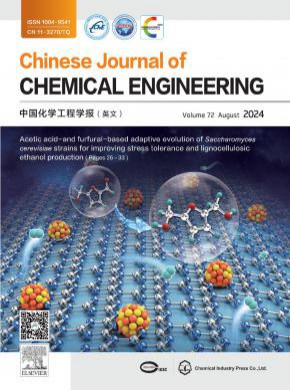
SCI期刊、CSCD期刊、统计源期刊
人气 11847 评论 5
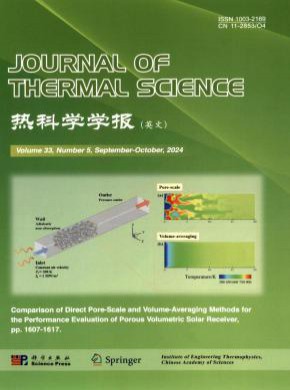
SCI期刊、CSCD期刊
人气 11051 评论 2
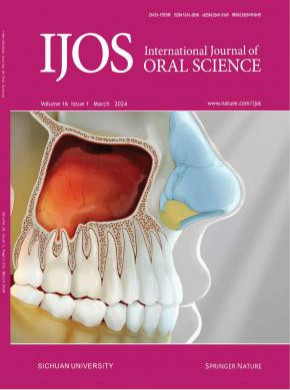
SCI期刊、CSCD期刊、统计源期刊
人气 10685 评论 3
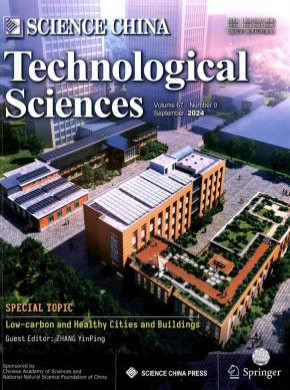
SCI期刊、CSCD期刊、统计源期刊
人气 10140 评论 1
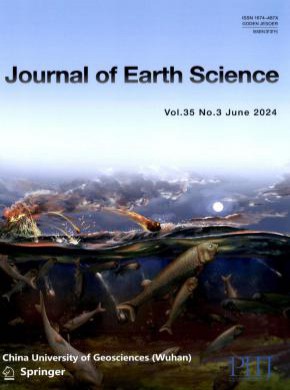
SCI期刊、CSCD期刊、统计源期刊
人气 9846 评论 2
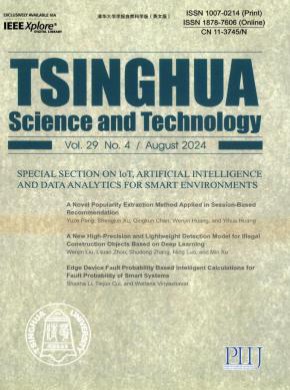
CSCD期刊、统计源期刊
人气 9537 评论 3
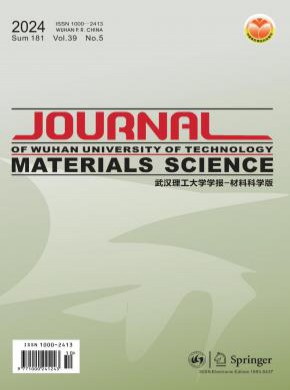
SCI期刊、CSCD期刊、统计源期刊
人气 9378 评论 1
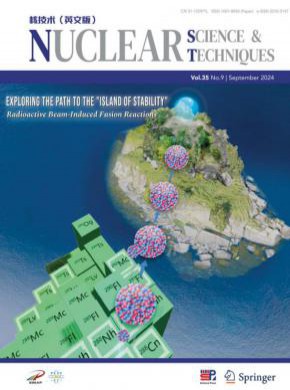
SCI期刊、CSCD期刊、统计源期刊
人气 8381 评论 1